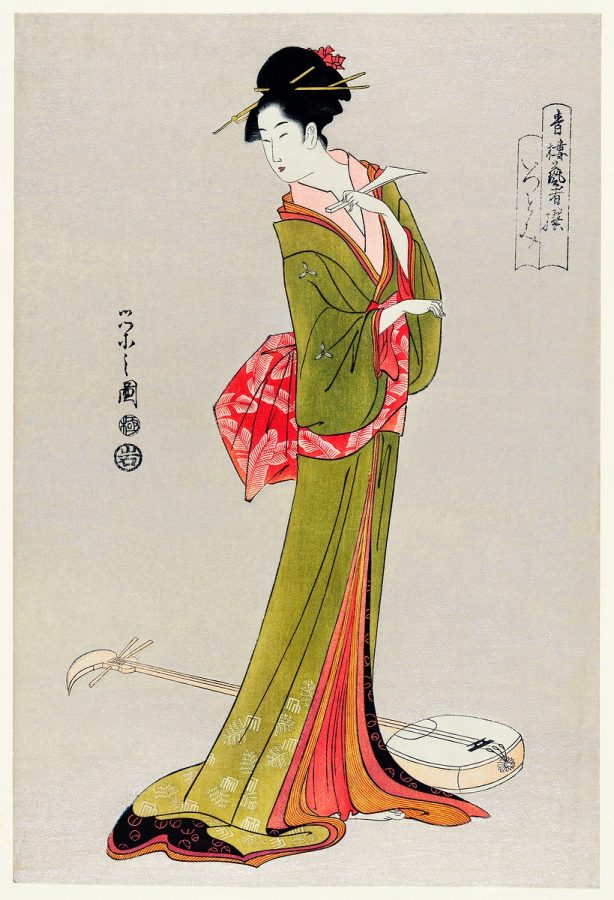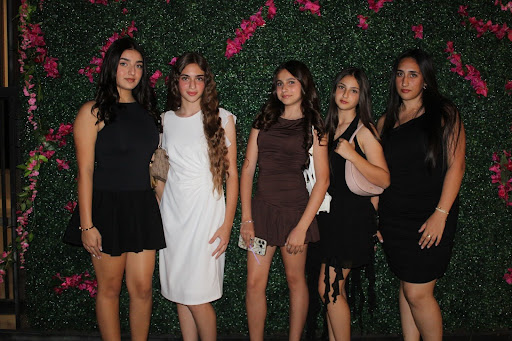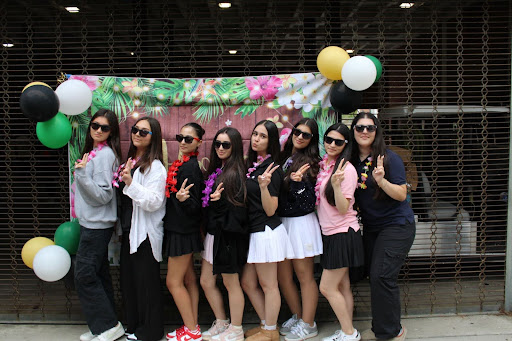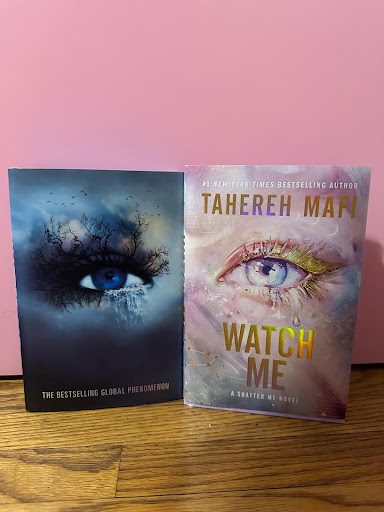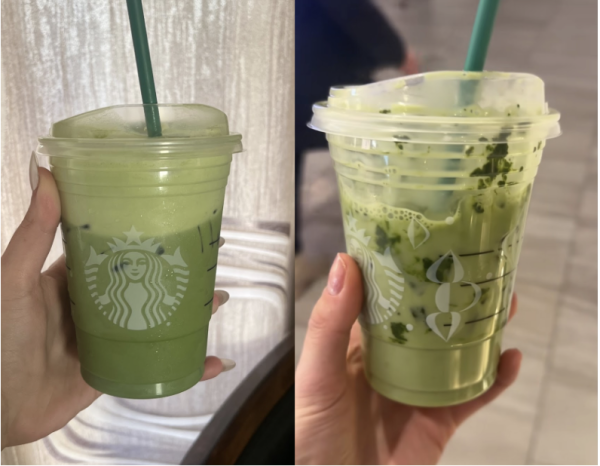Appreciation or Appropriation? The problem with Orientalism
Frequent victims of orientalism, Japanese Geisha are a class of highly trained performing artisans. However, Western media often frames this profession as sexual in nature.
“Oh, I come from a land, from a faraway place,
Where the caravan camels roam,
Where they cut off your ear
if they don’t like your face
It’s barbaric, but hey, it’s home”
These were the original lyrics for Disney’s opening number in the 1992 film, Aladdin.
To use a charged word, the lines are problematic to say the least. They bank on stereotypes steeped in Orientalism to make a catchy tune, and to weave a setting that seems exotic and faraway. And Aladdin isn’t the only film to commit this error – Orientalism has existed as long as connections between the Eastern and Western worlds have been made. From oil paintings dating back to the 1500s all the way up to the 2021 film Dune, orientalist themes and aesthetics have long frolicked across canvas, page, and screen. So… what is Orientalism?
A dictionary definition describes it as “the imitation or depiction of aspects of the Eastern world usually done by writers, designers, or artists from the Western world.” Nevertheless, the application of this term goes further than just “imitation or depiction” of Eastern cultures: the underlying understanding of Orientalism lies in the fact that these depictions are exaggerated — distorting facets of a culture and emphasising differences to the Western world. In this way, many works (orientalist or influenced by Orientalism) portray African, Middle Eastern, and Asian cultures as strange, exotic, backwards, underdeveloped, and barbaric.
So what is the issue? Isn’t making international media good, despite maybe some exaggerations?
Not exactly – there is a difference between appreciation and appropriation. Appreciation comes from a genuine desire to learn more about a culture and make connections with others of a different ethnicity. Appropriation is often rooted in self interest; and is often a fragmentary snapshot of one aspect of a culture. Aspects can also be exaggerated in order to drive a harmful agenda. In this way, all orientalist media are rooted in appropriation.
“[Orientalism] invalidates the experiences of the group of people being depicted,” La Crescenta Valley junior Luca Acaad said. “[it is] frustrating and problematic…when you are an Arab and every depiction of you in pop culture is as an uncivilised, exotic individual.” As a first generation immigrant from Lebanon and Jordan, Acaad knows how it feels to be “othered” through media. One example he listed was about the recent film, Dune. “For a film with such obvious and deep rooted Islamic influences, there is absolutely no representation in the cast and in the team behind the movie,” he said. “By leaving out this group of people, Dune’s blatant Arab Bedouin undertones are simply treated as an exotic aesthetic. [And] for a movie filmed for the majority in Turkey and Jordan, it is more than disappointing to not see one Arab on the big screen.” Aesthetic is the key word in any investigation into orientalist media. These works aren’t just examples of harmless stereotypes or exaggerated experiences – because movies, music, and writing will always shape an audience’s beliefs about a subject matter.
“Historically, orientalist portrayals of the East played a large part in helping justify colonialism and imperialism,” said Karl Li, an animator in Glendale. Since the orientalist art movement started by emphasising differences between Eastern and Western cultures, these works of art affected common attitudes toward non-European regions. Oftentimes this would place divides between Europeans and non-Europeans; labelling one culture as “civilised” and one as “uncivilised”. “I think that [this] reinforcement of a sense of “otherness” continues to be one of Orientalism’s most dangerous contributions to modern society,” Li commented. “The more one culture perceives another culture as being “other”, the more likely it is for people from one culture to lose the ability to empathise with people from the “other” culture.
The deeper one digs through major American media, the more prevalent Orientalism becomes. As people who live in both a post-9/11 world and a Coronavirus one, Americans need to become aware of the subliminal messaging media is sending. How do you see people of African, Middle Eastern, or Asian descent? What is the first image that comes to mind?
Note:
For further analysis on Orientalism in modern media, here is a list of films that are commonly regarded as orientalist works:
The Indiana Jones series (1981 – 2008)
Disney’s Aladdin (1992)
The Mummy series (1999 – 2008)
Marvel’s Dr. Strange (2016)
Ghost in the Shell (2017)
Memoirs of a Geisha (2005)
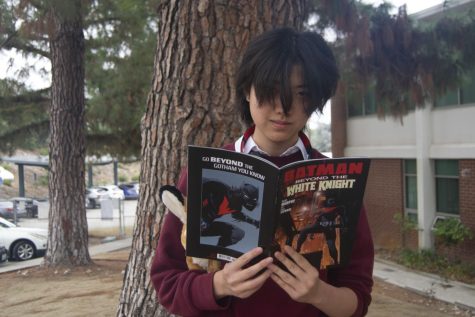
Interests/hobbies? Mixing (music), movies, reading, and games.
Dream Destination? Xitang, Zhejiang China
In 20 years... could be dead. Who knows?
Favorite...



